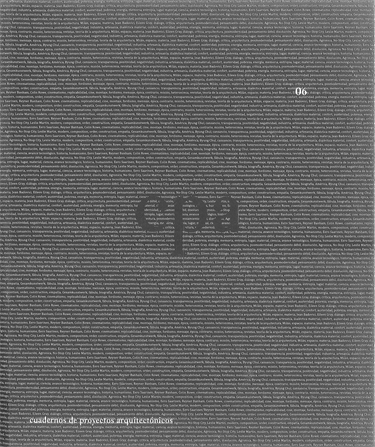Science and History Banham versus Rowe [Saarinen on the MIT Campus]
Palabras clave:
Science, technological development, History, humanism, Eero Saarinen, Reyner Banham, Colin RoweResumen
Abstract
In the decade of 1950’s, the MIT relied on architecture as the vehicle for expressing the modernization and the updating of the academic program of the institution. And with the strategic choice of Eero Saarinen for the job, a link was established with the new image of the technological corporations of the post-war economy (IBM, Bell, General Motors, John Deere, etc.) Timing, program, location and architect constitute the strategic parts of a carefully calibrated plan.
However, what neither Saarinen nor MIT did foresee was the difficulty for the integration of humanism and science in a coherent and stable architectural image, precisely in the 1950’s. The integration of such confronted paradigms, characterized within architecture discipline as the opposition between the operational lore and technological advances led to a long and thorough debate only to be somehow concluded by 1975 with the ephemeral and temporary victory of the arguments of tradition. A controversy between two diverse however distinctive architectural components, confronted by Modernism in a skewed debate from both sides and, by 1950, made explicit in the differences between Reyner Banham’s and Colin Rowe’s writings. Their conflicting arguments, contemporary to the Chapel and Kresge Auditorium, provide the critical context in which to inscribe Saarinen’s buildings and the wide international controversy they triggered.
Descargas
Descargas
Publicado
Número
Sección
Licencia
1. Los autores conservan los derechos de autor y garantizan a la revista el derecho de una Licencia Creative Commons Atribución-NoComercial-SinDerivar 4.0 Internacional que permite a otros compartir el trabajo con un reconocimiento de la autoría.
2. Los autores pueden establecer por separado acuerdos adicionales para la distribución no exclusiva de la versión de la obra publicada en la revista (por ejemplo, situarlo en un repositorio institucional o publicarlo en un libro).












